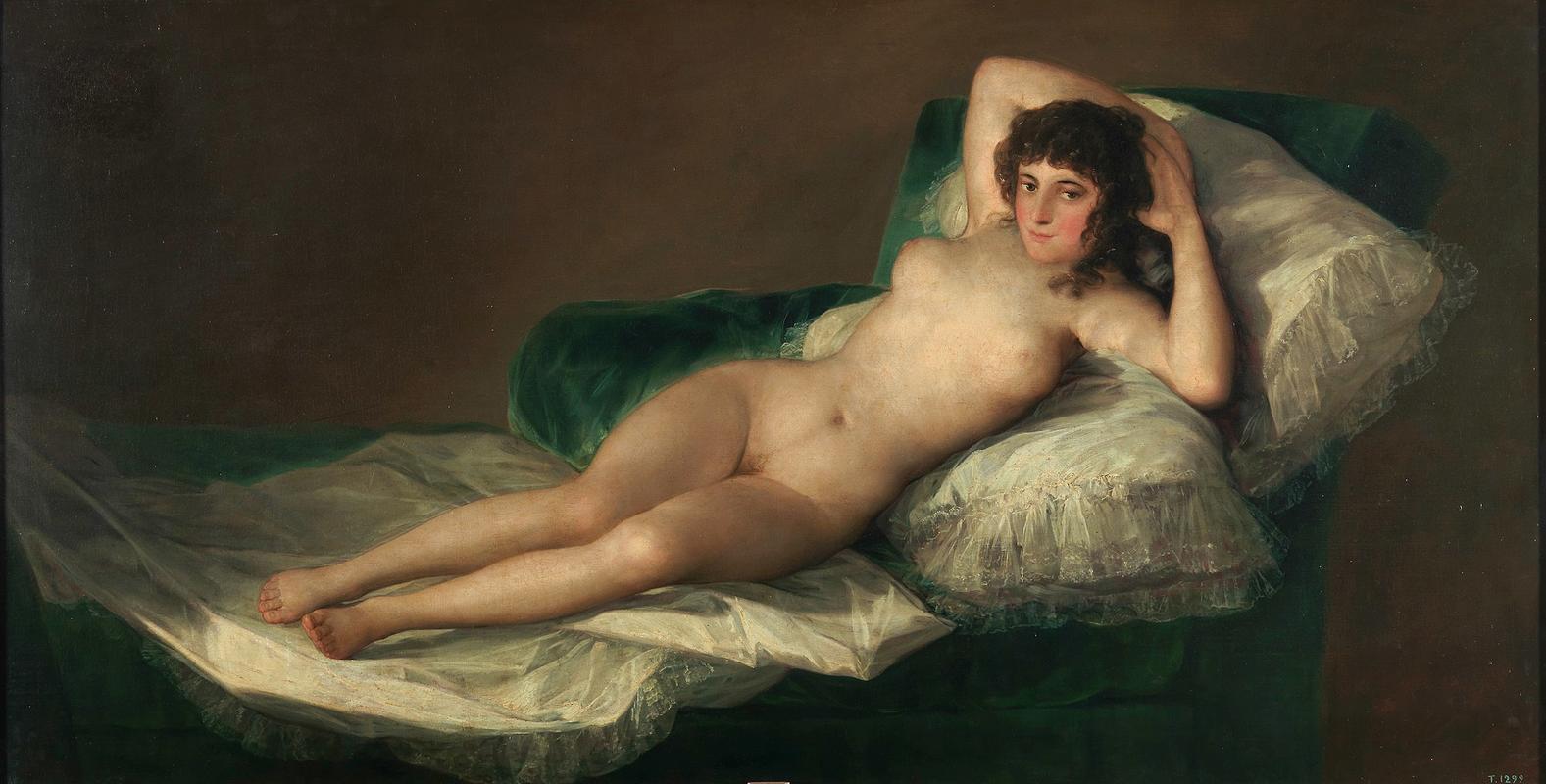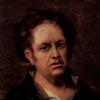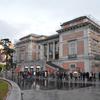More about The Nude Maja

Contributor
Francisco Goya was known for his scandalously explicit works, which often took the form of social commentary... but sometimes they were just for XXX fun.
La Maja Desnuda, (Desnuda meaning naked), was essentially 18th century pornography. The painting hung in the home of Manuel Godoy (1767-1851), Spain's first Secretary of State, and a man known for his enormous penis.
The painting was mounted directly behind a G-rated painting of the same woman, now called The Clothed Maja. A pulley system would lower The Clothed Maja to reveal her nude counterpart, like a makeshift peepshow for the days before strip clubs.
Many speculate that Goya modeled the woman after Godoy’s mistress. Another rumor is that that she is the Duchess of Alba, one of the most beautiful women in Spain at the time. It’s most likely that she was a combination of several women’s features. Either way, she's famous as one of the first displays of female pubic hair in Western Art. Other notable bushes from art history include Gustave Courbet's Origin of the World or any of Egon Schiele's furry paintings, like Recumbent Nude.
Featured Content
Here is what Wikipedia says about La maja desnuda
The Naked Maja or The Nude Maja (Spanish: La maja desnuda [la ˈmaxa ðesˈnuða]) is an oil-on-canvas painting made around 1797–1800 by the Spanish artist Francisco de Goya, and is now in the Museo del Prado in Madrid. It portrays a nude woman reclining on a bed of pillows, and was probably commissioned by Manuel de Godoy, to hang in his private collection in a separate cabinet reserved for nude paintings. Goya created a pendant of the same woman identically posed, but clothed, known today as La maja vestida (The Clothed Maja), also in the Prado, and usually hung next to La maja desnuda. The subject is identified as a maja or fashionable lower-class Madrid woman, based on her costume in La maja vestida.
The painting is renowned for the straightforward and unashamed gaze of the model towards the viewer. It has also been cited as among the earliest Western artwork to depict a nude woman's pubic hair without obvious negative connotations (such as in images of prostitutes). With this work Goya not only upset the ecclesiastical authorities, but also titillated the public and extended the artistic horizon of the day. It has been in the Museo del Prado in Madrid since 1901.
Check out the full Wikipedia article about La maja desnuda













